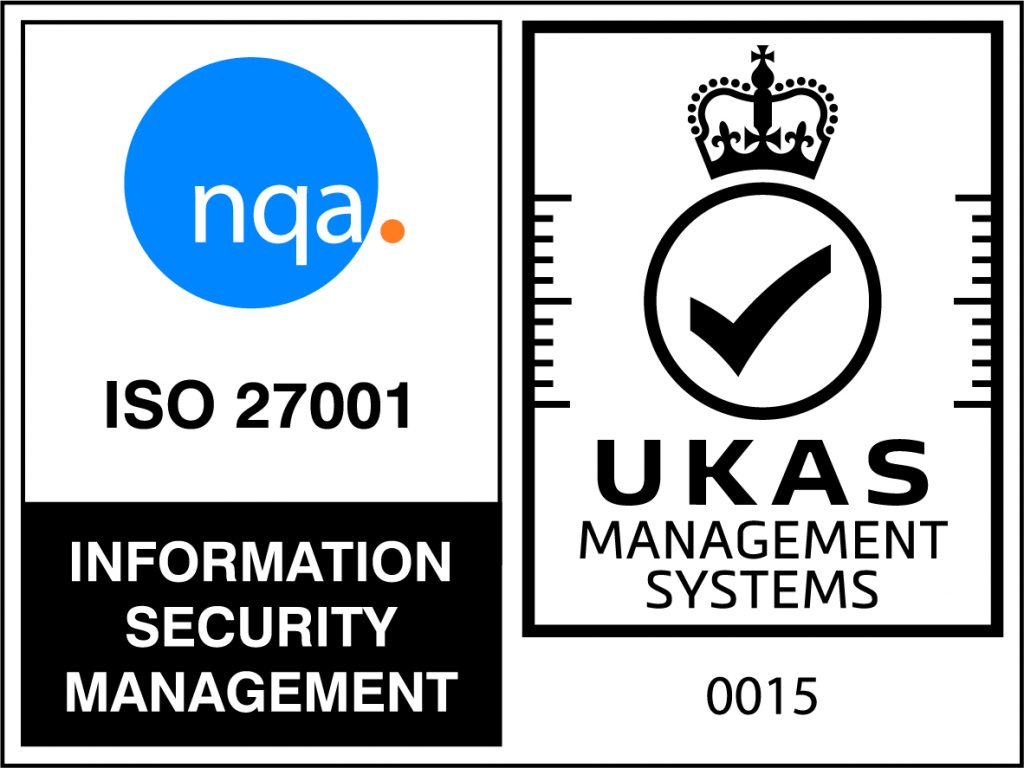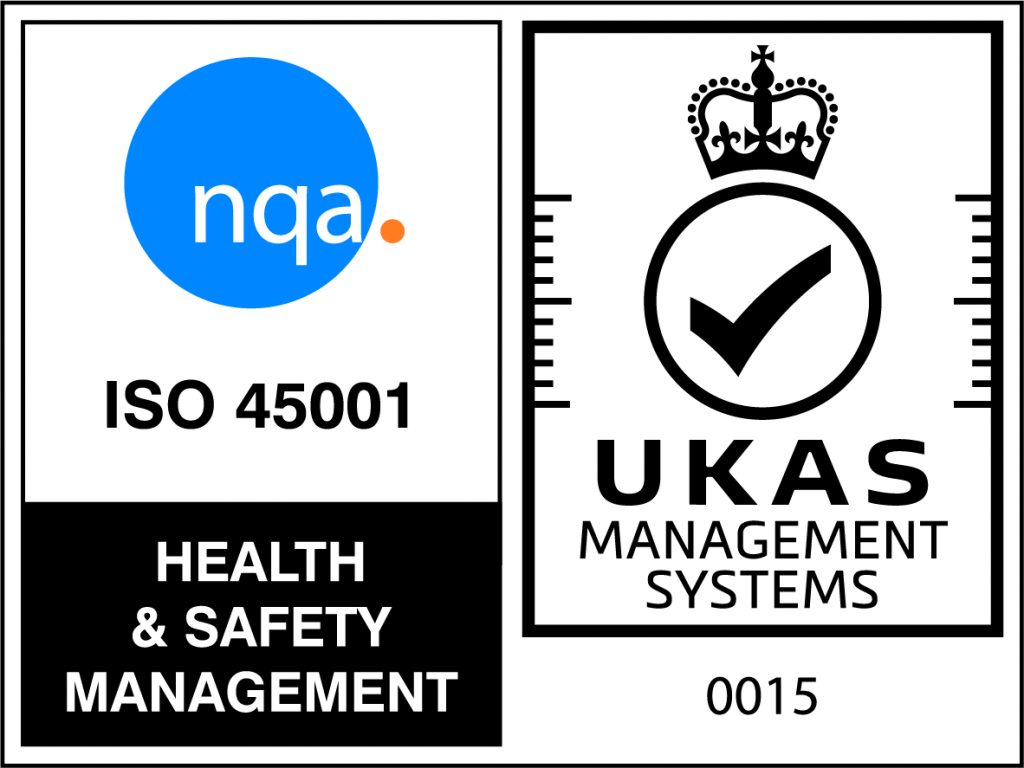Towards a joined-up approach to supporting disabled and neurodiverse individuals in Education & Employment
Over the past thirty years – the length of time since we founded Microlink in 1992 – there have been dramatic changes in how we understand and talk about disability and neurodiversity. However, despite efforts to eradicate stigma and improve support to disabled and neurodiverse individuals, there remains significant work to be done.
In education, there continues to be an attainment gap between disabled and non-disabled students. According to the latest statistics from the Office for National Statistics, the proportion of disabled people with qualifications at degree level or equivalent is almost half that of non-disabled counterparts, while the proportion of disabled people with no qualifications at all far outstrips the number among the non-disabled population. This can be seen in the graph below.[1]

Additionally, over the last decade, three percent fewer disabled students in higher education attained a first- or second-class degree when compared with their non-disabled counterparts.[2]
These figures reflect the flaws of an education system which is slow to change and adapt to a society in a state of rapid technological and social evolution. As Ken Robinson argued in a 2006 TED talk, our education system still uses the same rigid and narrow parameters to define ‘academic’ success as it has since the inception of mass public education over a century ago.[3] An over-emphasis on numeracy and literacy means that Special Educational Needs and Disability (SEND) students see their conditions become immediate and immovable barriers to success. The disconnect between educational practices and the essential needs of SEND students means that neurodiverse and disabled students leave education lacking the qualifications, self-confidence and independence more readily afforded to their neurotypical and non-disabled peers.
The lack of sufficient support for neurodiverse and disabled young people continues through to adulthood and the knock-on effects of the shortcomings in our education system are clear. As of 2021, the employment rate among disabled people was 52.7%, almost 30 percentage points lower than the rate among non-disabled individuals.[4] Additionally disabled people are more likely to work part-time, take time away from work and work lower-skilled, lower-paid occupations.[5] It is no coincidence that a report from the Criminal Justice Joint Investigation in 2021 acknowledged that over 50% of the UK’s prison population could be neurodivergent, an estimate which is likely to be conservative.[6]
All these figures reflect systemic failures in our provision of support to disabled and neurodivergent people and our inability to present this large important section of our society with opportunities to find success.
How then do we accelerate our efforts to close the gaps we see between disabled and non-disabled individuals in education and employment?
It is my firm belief that the key to reducing the attainment and employment gaps faced by disabled and neurodiverse people is a consistent, joined-up approach to providing assistive technology and effective support. There needs to be a thorough provision for disabled individuals and those tasked to help their development from early-years education through to adulthood and employment.
Over the past thirty years, alongside government initiatives such as Access to Work and the Disabled Students Allowance (DSA) and the hard work of SEND and other relevant charities, Microlink has strived to help bridge the gaps that have formed as a result of these systemic problems. Our work to bring assistive technology and accessibility solutions into both educational and workplace environments aims to remove barriers typically faced by people with disabilities and long-term health conditions.
The COVID-19 pandemic threw into stark contrast quite how different the world is to the one for which our educational system prepares young people. Lockdowns have accentuated our reliance upon technology, a general trend which predates the pandemic, and one which shows little sign of slowing. Since the height of the pandemic, there has been consistent talk of a return to normality. However, the interruption can and should be seen as a chance to reshape a more inclusive and adaptive system of education.
This is the moment to embrace and normalise the use of assistive technology across society, a potent tool that can remove barriers faced by disabled people in education and employment. For those SEND students who struggle with numeracy, literacy or communication, there are now a wide array of powerful tools which can help them overcome the challenges they currently face. Assistive technology, properly used by trained educators, frees up teachers and students to harness and develop their unique talents no matter their physical or mental condition.
Introducing assistive technology into early-years education and carrying its use throughout primary, secondary, further and higher education will undoubtedly have enormously beneficial effects, not only for those who use it, but for society as a whole. By allowing education to focus on what their talents are, we can instil in new generations of disabled and neurodiverse people a self-belief that they have been denied by an education system which works against their needs and strengths. That self-belief will undoubtedly lead to greater independence, qualification attainment in further and higher education and superior employment prospects.
By making Assistive Technology ubiquitous in education, removing stigma attached to its use and users, we can give those individuals who use it the confidence and self-knowledge of how to be productive in their working lives. Employers who recognise the many productivity benefits will be better placed to help employees who are already familiar with the tools they need. Properly supported, disabled and neurodiverse employees help to create diverse workforces which are proven to be more effective and offer a wider array of talents and problem solving.
Microlink is currently part of a process to put a more joined up approach to supporting disabled and neurodiverse into action. Working with the government’s Department for Education and the wonderful SEND charity Nasen, our Director of Education, Marius Frank, is leading our efforts on a pilot to introduce Assistive Technology in schools. We are seeing from the early results that the technology is well received among both teachers and students and is proving highly effective. For me personally, this pilot is just the beginning of a life-long ambition, to harness the power of assistive technology to help people of all ages, to excel no matter their condition.
[1]https://www.ons.gov.uk/peoplepopulationandcommunity/healthandsocialcare/disability/bulletins/disabilityandeducationuk/2019 (accessed 08/03/2022)
[2] https://www.officeforstudents.org.uk/media/1a263fd6-b20a-4ac7-b268-0bbaa0c153a2/beyond-the-bare-minimum-are-universities-and-colleges-doing-enough-for-disabled-students.pdf, p1 (accessed 08/03/2022)
[3] https://www.ted.com/talks/sir_ken_robinson_do_schools_kill_creativity
[4] https://www.gov.uk/government/statistics/the-employment-of-disabled-people-2021/the-employment-of-disabled-people-2021 (accessed 08/03/2022)
[5] Ibid.
[6] https://www.justiceinspectorates.gov.uk/cjji/inspections/neurodiversity-in-the-criminal-justice-system-a-review-of-evidence/ (accessed 08/03/2022)

 Back to News
Back to News

















